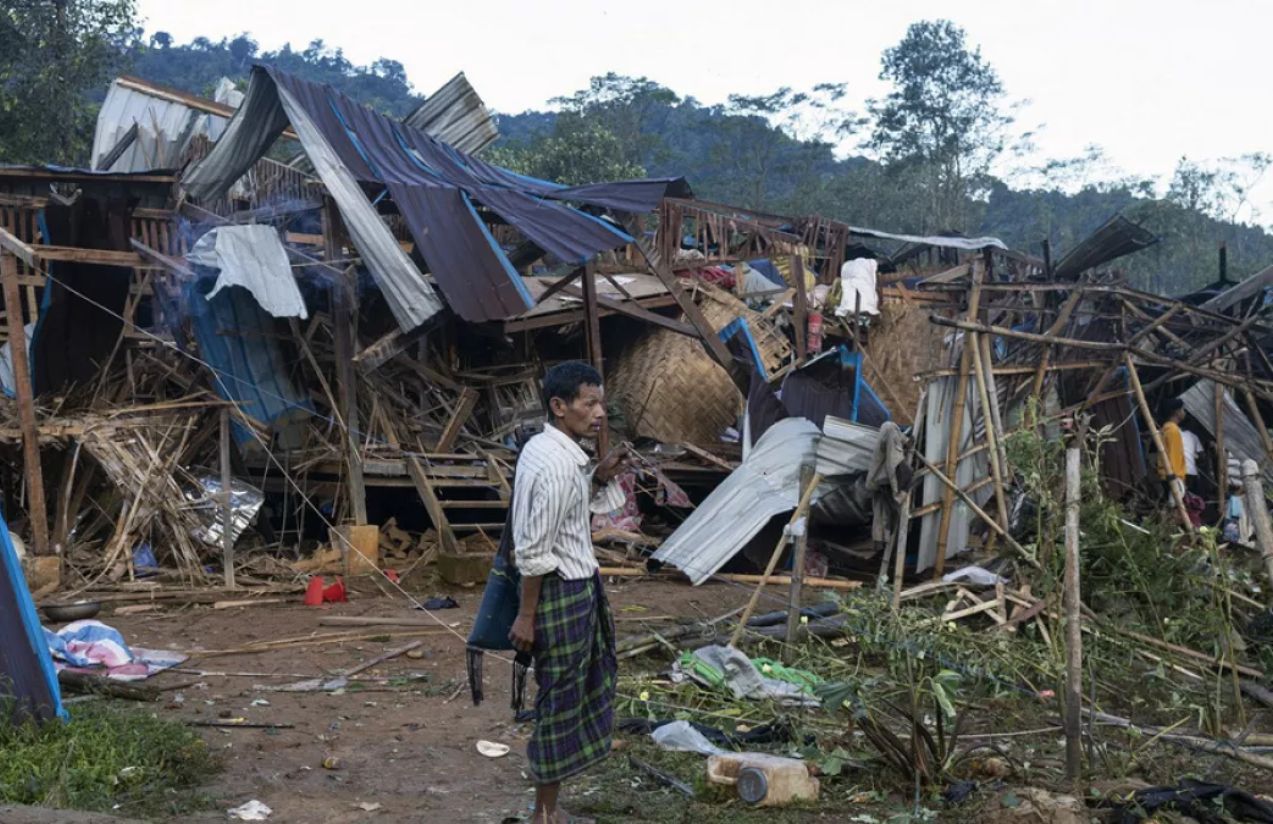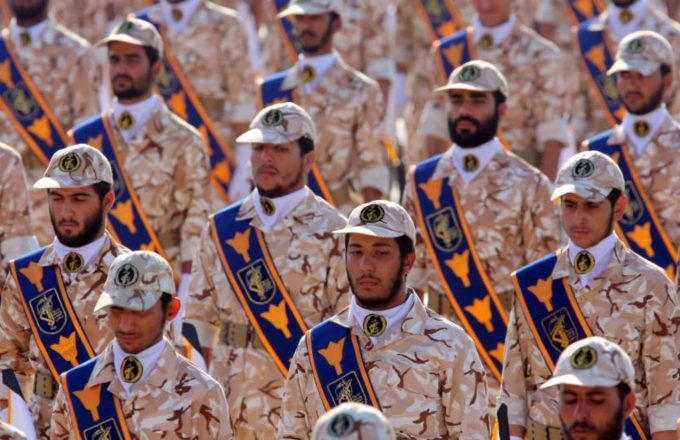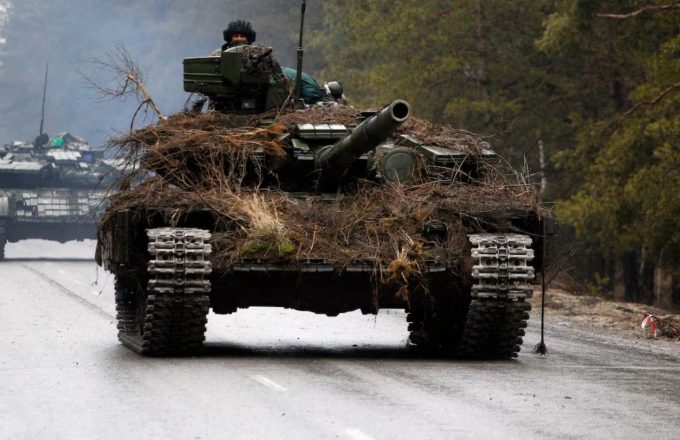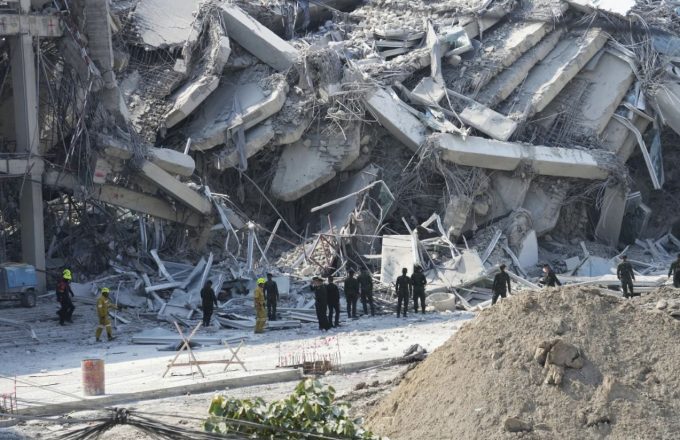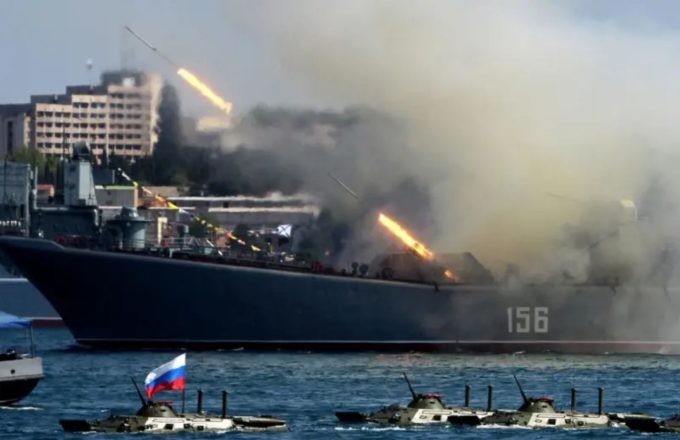After a devastating earthquake that, according to official figures, left more than 2,000 dead, Myanmar’s military junta continues to bomb various parts of the country, already suffering from ongoing conflict.
The UN described these attacks as “utterly outrageous and unacceptable.” Special Rapporteur Tom Andrews told the BBC that it was “incredible” that the military continued “dropping bombs while people were being rescued.” Andrews urged the military regime, in power since the coup almost four years ago, to halt all military operations. “Anyone with influence over the military must increase pressure and make it clear that this is unacceptable,” he added.
The BBC Burmese Service confirmed that seven people were killed in an airstrike in Naungcho, in the northern Shan State. This attack occurred around 3:30 PM on Friday, less than three hours after the earthquake. Additionally, on Monday, Myanmar’s military carried out ground offensives in the Sagaing region, also affected by the quake, according to rebel groups.
A spokesperson for the Chaung U People’s Defense Force, an insurgent group, told the BBC they were subjected to heavy mortar fire. Reports also indicate five military convoys were in the area. Meanwhile, the National Unity Government (NUG), which represents the ousted civilian administration, announced a two-week pause in “offensive military operations, except for defensive actions” in the earthquake-affected areas starting Sunday.
Meanwhile, rescue teams face a severe shortage of resources to assist earthquake victims. Pro-democracy rebel groups fighting to overthrow the junta reported airstrikes in Chaung-U Township, in the northwestern Sagaing region, the earthquake’s epicenter. There are also reports of air raids in areas near the Thai border.
On Monday, the military continued airstrikes in other parts of the country in an effort to crush the uprising against its rule. The 7.7-magnitude earthquake that struck Sagaing was also felt in neighboring countries, causing destruction in Mandalay, Myanmar’s second-largest city, as well as in the capital, Nay Pyi Taw, located more than 240 kilometers away.
According to the junta, the quake has resulted in 2,056 deaths, over 3,900 injuries, and 270 missing persons. However, the BBC has not been able to independently verify these figures, though reports indicate a strong smell of bodies trapped under the rubble in Mandalay, where temperatures have reached 40°C (104°F).
The U.S. Geological Survey warned that “a death toll exceeding 10,000 is a real possibility” due to the earthquake’s magnitude and location. This disaster comes amid a four-year-long civil war that began after the 2021 military coup. What started as mass protests quickly evolved into an armed insurgency involving ethnic and pro-democracy rebel groups, ultimately triggering full-scale war.
Four years later, fierce battles between the military and armed resistance groups continue. The junta, having suffered repeated humiliating defeats and lost control of vast territories, increasingly relies on airstrikes to maintain its grip on power. Large parts of Sagaing, the earthquake’s epicenter, are now under rebel control.
A BBC investigation revealed that nearly four years after seizing power in a coup, the military now controls less than a quarter of the country. The investigation found that ethnic armies and various resistance groups now control 42% of the territory, while much of the remaining area remains contested.
In aerial combat, the military regime has a clear advantage, as resistance groups lack the capability to retaliate in the air. The military has a history of indiscriminate airstrikes that have destroyed schools, monasteries, churches, and hospitals. One of the deadliest airstrikes killed over 170 people, including many women and children.
The UN has warned that Myanmar’s military junta is committing war crimes and crimes against humanity against its own people. The regime’s aerial warfare is sustained by continued support from Russia and China, which have supplied sophisticated attack aircraft and provided training to the junta, despite international calls for an arms embargo.
Ironically, both Russia and China have also sent humanitarian aid to Myanmar. However, UK-based Burmese human rights activist Julie Khine expressed skepticism: “It’s hard to trust their compassion when they are the same countries supplying the junta with lethal weapons used to kill our innocent civilians.”


